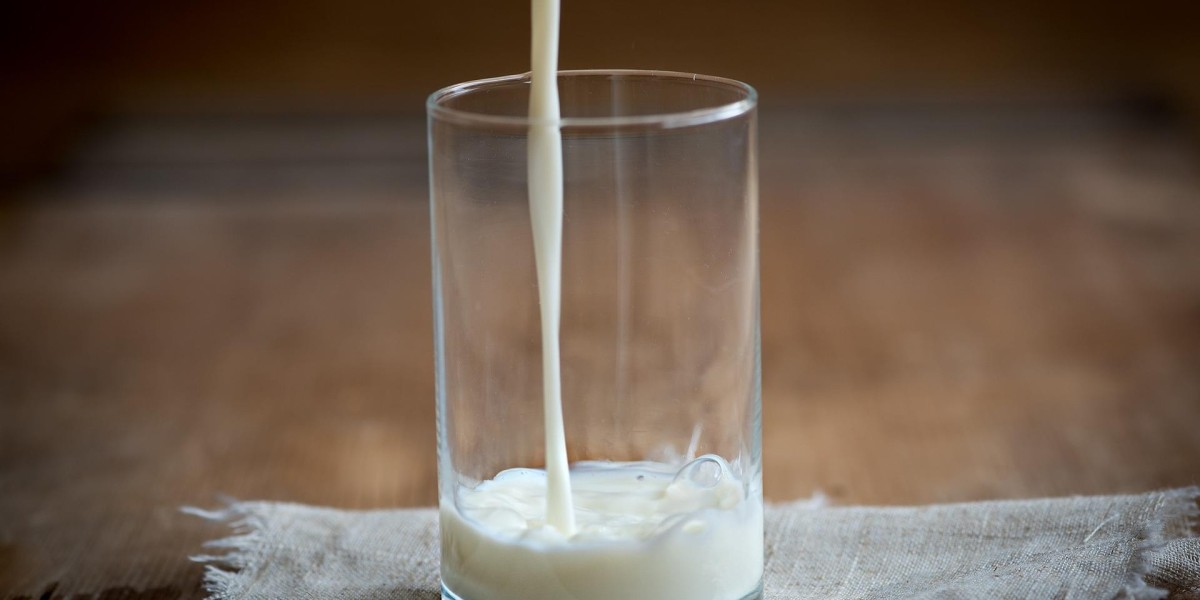Fasting Days:
While flexible dieting is often considered one of the best methods for losing weight due to its adaptability, there are other effective approaches that suit different people based on their individual preferences. Some people find it easier and more effective to follow strict diet plans with clear boundaries, and for them, fasting days can be a useful tool.
What is a Fasting Day?
A fasting day, in this context, isn’t about going without food for an entire day but involves allowing yourself one or two "free meals" during a diet. Unlike flexible dieting, which focuses primarily on maintaining a daily caloric intake, fasting days are typically part of stricter diets that impose both calorie and food-type restrictions. It’s essential to distinguish between a fasting day and a refeed. These are different techniques.
A refeed is aimed at temporarily increasing caloric intake through carbohydrates to reduce the stress caused by prolonged dieting. A refeed is carefully planned, focusing on low-fat, high-carbohydrate foods to boost glycogen levels. In contrast, a fasting day involves a break from dietary restrictions where you can eat whatever you want in one meal or over two meals. It's often seen as a more enjoyable alternative to the rigid structure of a refeed.
Why Are Fasting Days Important?
The primary purpose of a fasting day is to provide psychological relief. Following a strict diet for an extended period can be mentally exhausting, and the knowledge that you can indulge in your favorite foods on occasion can help you stick to your plan long-term. This psychological break can reduce the chances of an all-out diet breakdown, where frustration leads to overeating or quitting the diet entirely.
It’s crucial to remember that a fasting day is not designed to restore hormonal balances like a refeed. Rather, it’s about easing the mental strain of dieting by allowing you to enjoy foods that may be off-limits during the rest of the week.
Why Only One Meal?
The idea behind limiting yourself to just one meal during a fasting day is that it prevents you from consuming too many calories. While you can control your intake in one sitting, indulging in multiple meals throughout the day can easily lead to overeating. Exceeding your daily or even weekly caloric goals can sabotage your weight loss progress.
For example, let’s assume you're maintaining a daily calorie deficit of 200 kcal for six days a week, which means by the end of the week, you’ve created a 1,200 kcal deficit. However, if you indulge in multiple meals on your fasting day and consume 1,000 to 1,500 extra calories, you’ll cancel out all your efforts from the week. On the other hand, if you limit yourself to one meal, even if you go over by 500-600 calories, you’ll still maintain a deficit and continue making progress in your weight loss journey.
What Should You Avoid on Fasting Days?
While a fasting day allows flexibility, it's important not to view it as an excuse for a binge-eating session. The goal is to enjoy your favorite foods within moderation. Some dieters tend to adopt an all-or-nothing mindset, where any dietary slip is seen as catastrophic, leading them to overindulge when they do "cheat." For instance, instead of having one slice of cake, they may eat four, or rather than enjoying one slice of pizza, they devour an entire pie.
This all-or-nothing behavior should be avoided. The key to a successful fasting day is balance. If you want cake, have a slice, not the whole cake. If you’re craving pizza, enjoy one or two slices, not the entire pizza.
How Should You Approach Free Eating?
When you have a free meal, there are no strict rules or limitations, but moderation is still key. Enjoy your “non-diet” foods during one meal, and it’s okay to slightly exceed your calorie limit by 100-200 kcal. Such small indulgences won’t significantly impact your progress, and they’ll help to ease the mental strain of dieting. Even if you go over by 400-500 kcal, it’s not the end of the world, as long as it remains within reason.
Remember, the purpose of a fasting day is not to binge. It’s a technique to alleviate the mental pressure of a strict diet and keep you on track. A prolonged, strict refusal of all indulgence can lead to a major diet breakdown. By allowing yourself occasional, controlled indulgences, you can avoid this and maintain long-term adherence to your diet.
Tips for a Successful Fasting Day:
Have your free meal at dinner: This reduces the temptation to continue indulging throughout the day, making it easier to return to your normal diet the next morning.
Eat outside the home: Dining at a restaurant or cafe can help you avoid overeating, as the portions are pre-set, and the cost of the meal might discourage you from ordering more than you need.
Avoid buffets: These can lead to overeating, as the temptation to eat more than necessary is high.
Set a time limit: You can limit your free meal to a one-hour window. However, be cautious not to turn this into a contest to see how much food you can consume in that time.
Don’t weigh yourself the next day: Carbohydrate and fat intake may cause temporary water retention, which could lead to a misleading weight fluctuation.
Conclusion:
Fasting days can be incorporated into any strict diet plan. For instance, if you’re following a low-carb diet, you can enjoy sweets or carb-heavy foods during your free meal without disrupting ketosis or other dietary processes.
It’s advisable to follow your diet strictly for the first month before introducing fasting days. Start with one free meal per week, and then gradually increase to two or three, spaced out at least every other day. However, it’s essential to remember that the more free meals you have, the easier it becomes to stray from your diet.
In our opinion, one free meal per week is ideal. You can align it with a social event, and while you can eat whatever you like, it’s still a good idea to have a rough estimate of your calorie intake.



